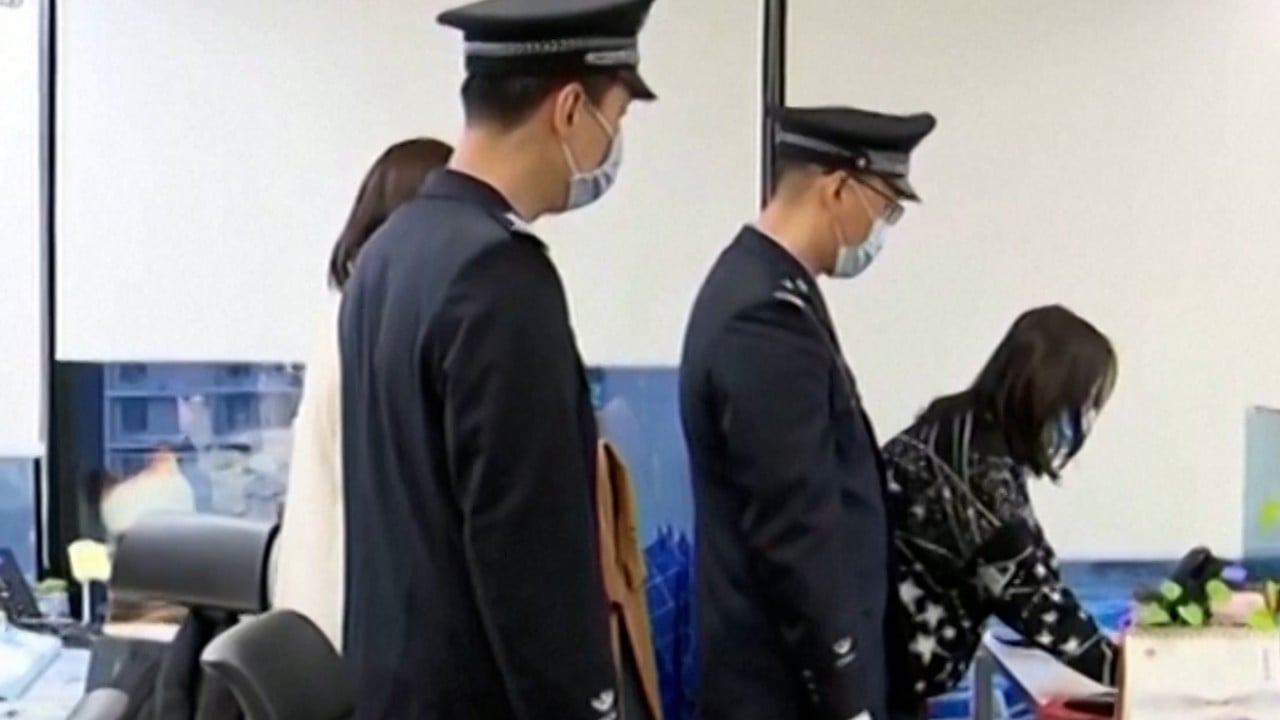
As China’s foreign direct investment falls, is its charm campaign paying dividends or falling on deaf ears?
- FDI figures for the year’s first four months show momentum is slowing despite Beijing’s all-out push to lure overseas companies and investors
- Less-than-ideal official data comes as China’s industrial output and retail sales growth in April undershot forecasts, and a weakening yuan does not help
Despite Beijing actively wooing overseas investors as part of its post-pandemic economic recovery, China’s foreign direct investment (FDI) shrank in the first four months of the year.
The country’s actual utilisation of FDI reached US$73.5 billion in the January-April period, dropping by 3.3 per cent from a year earlier, according to data from the Ministry of Commerce on Wednesday.
China received US$39.71 billion worth of investments in the first two months of 2023, showing a 1 per cent year-on-year increase. The ministry, though, did not provide FDI figures in US dollar terms for the first quarter.
The actual use of foreign investment measures the amount of money that China has already received when carrying out a contract with foreign companies, and the figure is released by the Ministry of Commerce every month as an indicator of FDI.
For the first four months of the year, foreign capital flow into the high-end manufacturing industry surged by 37.1 per cent, year on year, while investments in high-end technology services rose by 6 per cent from the previous year.
China casts net far and wide to cajole and charm investors, multinationals
Investments from France grew nearly sixfold from the same period last year, while FDI from the United States more than tripled, year on year, according to the ministry.
The investigations “send a worrying signal and heighten the uncertainty felt by foreign companies operating in China”, said the European Union Chamber of Commerce in China.
The American Chamber of Commerce in Shanghai also called on authorities to “more clearly delineate” which areas of due diligence were permissible, saying such crackdowns were “not conducive to restoring business confidence and attracting foreign investment”.
Local governments are also pushing full steam ahead, with Shanghai pledging a one-time cash award to new FDI projects and foreign investors who reinvest their profits in the city.
In April, China’s top economic planning body said it would consider “appropriately shortening” the “negative list” that delineates which industries are prohibited or restricted to foreign investors, in a bid to open up and attract more overseas capital to boost the nation’s economic recovery.
Meng Wei, a spokeswoman for the National Development and Reform Commission, said the body was considering allowing foreign investment in key sectors such as advanced manufacturing, modern services and environmental protection, and in economically important regions such as central, western and northeastern China.


